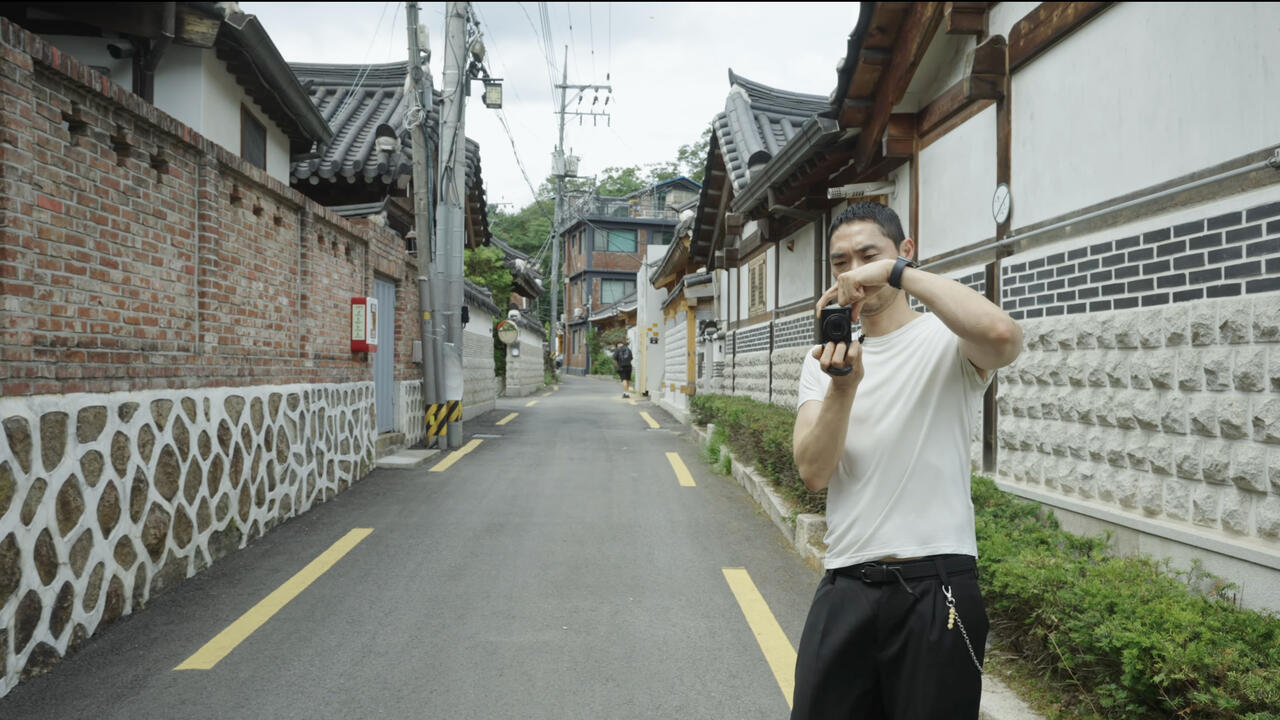Make it New
What we talk about when we talk about design
What we talk about when we talk about design
Rather than attempting to define what design is right now, it might be more interesting to ask what it can accomplish. Challenged by myriad impediments, and not only the obvious ones – aging populations, climate change, financial crises, nation (re)building, crumbling infrastructure and increasingly quick advances in technology – designers have expanded their purview. Design is everywhere and always has been and designers, as ever, have to react to change in ways that are both creative (which we expect) and useful (we hope) in order to keep it relevant and vital. But increasingly a stronger apprehension of design is seeping into the mainstream consciousness. It is no longer just book jackets, can-openers or misunderstood as art – which is not to say that there still aren’t misinterpretations or even missteps across the spectrum of the design community.
Design reacts and responds to culture in a variety of ways. Before the financial crisis (and seemingly in no way deterred by it) a small industry of ‘curated’ design blogs evolved. In addition to bankrupting the term ‘curate’, these blogs altered the connotations of the word ‘design’ itself (and the hoi polloi’s experience of it). Labelling themselves arbiters of taste and lifestyle, the jejune tone of many of these consolidators of trends and freelance opinion seemed to focus on how many press releases for luxury paints or lampshades could be paraphrased in a day, or how many photos from a shelter magazine could be posted without permission. It’s an example of how design is confused with, say, fashion colour-forecasting, or filtered through the display windows of twee outlets like Anthropologie. While aimed primarily at those looking for guidance in home décor, the result has been an adjustment in the boundaries of design’s critical terrain. Comments sections have created a home for the new design ‘criticism’, but instead of clarifying the uses of design the increased visibility seems only to have further alienated the general public from meaningful design debate.
While the founders of the influential shop Design Research, which opened in Cambridge, Massachusetts, in 1953 (see the books roundup on page 35), had the right idea (and a pioneering one at the time, along with the original Conran shops in London) to make efficient, aesthetically pleasing modern design artefacts for the home, it seems as if the dominance of the Modernist aesthetic is dictating what we think of as good design. A couple of designers have attempted to move beyond the term ‘Modernism’ in favour of something they term ‘sustainism’, a jargon-y label beneath the contempt of designers who have already accomplished worthwhile efforts in the field of sustainability (not to mention that it sounds like a portmanteau worthy only of a marketeer).
Lately, however, the emergence of proactive not-for-profit design and architecture groups such as Designers Without Borders, Designmatters, and Architecture for Humanity have taken the lead in the popular design race, assisted by the 24-hour news cycle, a few celebrities and more than a few natural disasters. These groups (and others like them) have been initiating what could be termed humanitarian design actions. They take responsibility not just, for example, for a post-hurricane housing plan, but for inclusive decision-making and planning with a community, education and advocacy. However, the (not-yet-bettered) system of competitions, applying for funding, finding willing and experienced staff and the necessary consensus-building needed for such activism can be a drain on morale and stamina for enthusiastic designers with the itch to contribute to a greater calling. While obviously it is not solely up to designers to ensure a sustainable and productive environment and a healthy worldview, supporting and encouraging innovation among designers, and encouraging citizens to embrace them and their talents, is without question an urgent necessity.
Aside from the intense attention paid to the idea of responsibility is the need to understand how key a role technology is playing in both the present and future of design. It must be stressed here that the union of the two isn’t about slicing three minutes off our coffee making in the morning (to paraphrase one of the participants in our ‘Design and Responsibility’ roundtable on page 100), but about using technology to make life more adaptable and more resourceful to those who might not normally consider design, let alone technology, a part of their lives. Design researchers are studying and developing more accessible mobile banking methods in emerging economies. Technology is changing the mechanical heart and financial hurdles of the act of designing itself: ‘fabbing’ is fundamentally changing the way industrial designers not only fabricate objects, but prototype them. Technology is also impacting the design press: high quality print-on-demand services allow designers to publish without the perceived burden of (what’s left of) the traditional art and design book trade.
At the intersection of design and technology is the re-emergence of information design as a field to be reckoned with. The vast amount of data produced by government agencies, ngos, think tanks and universities is in no danger of decreasing, but the clear visualization of information is often not part of the report and is a prerequisite of greater transparency and inclusivity. The elegant choreography of line and colour has not only a long and underappreciated history, it now holds the key to communicating across language, culture and distance and is in great need of a renaissance.
Recently, while making a marble run out of a cereal box for my son, I was reminded of the clever repurposing seen in the book Home-made (2006) that revealed the measures to which ordinary, and often desperate, people in post-Soviet Russia went to recycle and enhance items already in their possession, and put them to new or improved uses. While some objects were created simply because their owners couldn’t afford (or even find) new versions of a similar item, what was clear from many of the examples was that innovation, however small, involved humour, a little self-awareness, occasional stamina and an appreciation for materials. Without being a brash call-to-arms, we could do worse than take some measure of comfort that these simple characteristics are the basis of strengthening and nurturing an understanding and appreciation for design of all kinds.
















